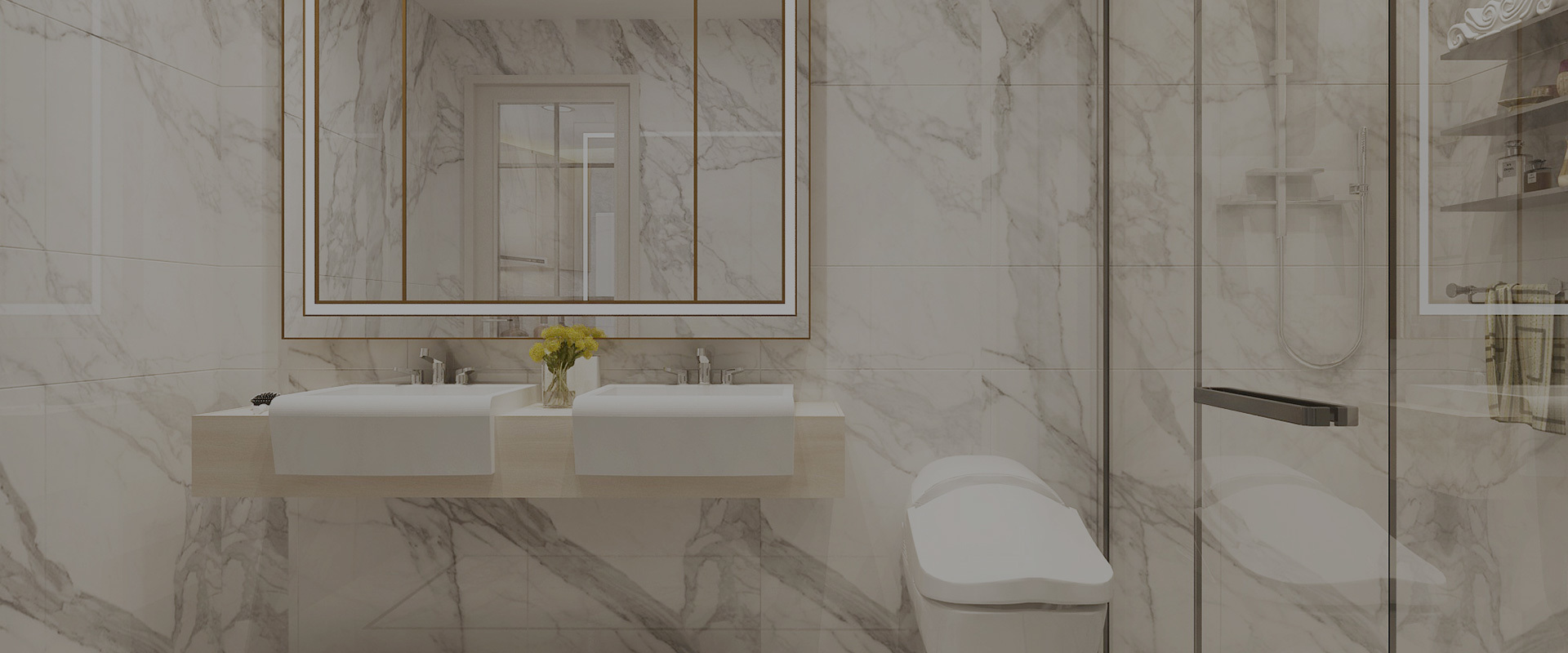The Versatility of Artificial Marble in Modern Construction
2021-09-15
Artificial marble, also known as cultured marble, has emerged as a popular alternative to natural stone in the construction and decorative materials industry. This engineered stone is composed of a mixture of resins, pigments, and crushed stone, creating a product that closely resembles natural marble while offering numerous advantages. Understanding the characteristics and benefits of artificial marble can help professionals make informed decisions in their building projects.
One of the primary advantages of artificial marble is its versatility. It can be molded into various shapes and sizes, making it suitable for a wide range of applications, from countertops and flooring to wall panels and decorative accents. This adaptability allows architects and designers to utilize artificial marble in both residential and commercial projects, enhancing the overall aesthetic appeal without compromising functionality.
In terms of durability, artificial marble is engineered to withstand the rigors of daily use. Unlike natural marble, which can be porous and susceptible to staining and scratching, artificial marble is non-porous and resistant to moisture. This quality makes it an ideal choice for areas prone to spills, such as kitchens and bathrooms. Additionally, artificial marble is less likely to chip or crack, ensuring that surfaces remain beautiful and functional for years to come.
Another significant benefit of artificial marble lies in its ease of maintenance. Cleaning and maintaining artificial marble surfaces typically require only mild soap and water, unlike natural stone, which may need specialized cleaning solutions to preserve its integrity. This low-maintenance requirement is particularly appealing to homeowners and businesses seeking to minimize upkeep costs while enjoying the luxurious appearance of marble.
Moreover, the aesthetic possibilities with artificial marble are extensive. Manufacturers can produce a wide array of colors, patterns, and finishes, allowing for customization to fit any design scheme. Whether a project calls for a sleek, modern look or a more classic, traditional style, artificial marble can deliver a stunning visual impact that enhances the overall environment.
Lastly, artificial marble often presents a more sustainable choice compared to natural stone. The production process of artificial marble can utilize recycled materials and is generally less environmentally intrusive than quarrying natural marble. For professionals in the construction and design sectors aiming to adopt more sustainable practices, artificial marble offers an attractive solution.
In conclusion, artificial marble represents an excellent option for professionals in the building and decorative materials industry. Its versatility, durability, ease of maintenance, aesthetic appeal, and sustainable characteristics make it an outstanding choice for various applications. By integrating artificial marble into projects, architects and designers can achieve the desired elegance and functionality, elevating the overall quality of their work.
One of the primary advantages of artificial marble is its versatility. It can be molded into various shapes and sizes, making it suitable for a wide range of applications, from countertops and flooring to wall panels and decorative accents. This adaptability allows architects and designers to utilize artificial marble in both residential and commercial projects, enhancing the overall aesthetic appeal without compromising functionality.
In terms of durability, artificial marble is engineered to withstand the rigors of daily use. Unlike natural marble, which can be porous and susceptible to staining and scratching, artificial marble is non-porous and resistant to moisture. This quality makes it an ideal choice for areas prone to spills, such as kitchens and bathrooms. Additionally, artificial marble is less likely to chip or crack, ensuring that surfaces remain beautiful and functional for years to come.
Another significant benefit of artificial marble lies in its ease of maintenance. Cleaning and maintaining artificial marble surfaces typically require only mild soap and water, unlike natural stone, which may need specialized cleaning solutions to preserve its integrity. This low-maintenance requirement is particularly appealing to homeowners and businesses seeking to minimize upkeep costs while enjoying the luxurious appearance of marble.
Moreover, the aesthetic possibilities with artificial marble are extensive. Manufacturers can produce a wide array of colors, patterns, and finishes, allowing for customization to fit any design scheme. Whether a project calls for a sleek, modern look or a more classic, traditional style, artificial marble can deliver a stunning visual impact that enhances the overall environment.
Lastly, artificial marble often presents a more sustainable choice compared to natural stone. The production process of artificial marble can utilize recycled materials and is generally less environmentally intrusive than quarrying natural marble. For professionals in the construction and design sectors aiming to adopt more sustainable practices, artificial marble offers an attractive solution.
In conclusion, artificial marble represents an excellent option for professionals in the building and decorative materials industry. Its versatility, durability, ease of maintenance, aesthetic appeal, and sustainable characteristics make it an outstanding choice for various applications. By integrating artificial marble into projects, architects and designers can achieve the desired elegance and functionality, elevating the overall quality of their work.












